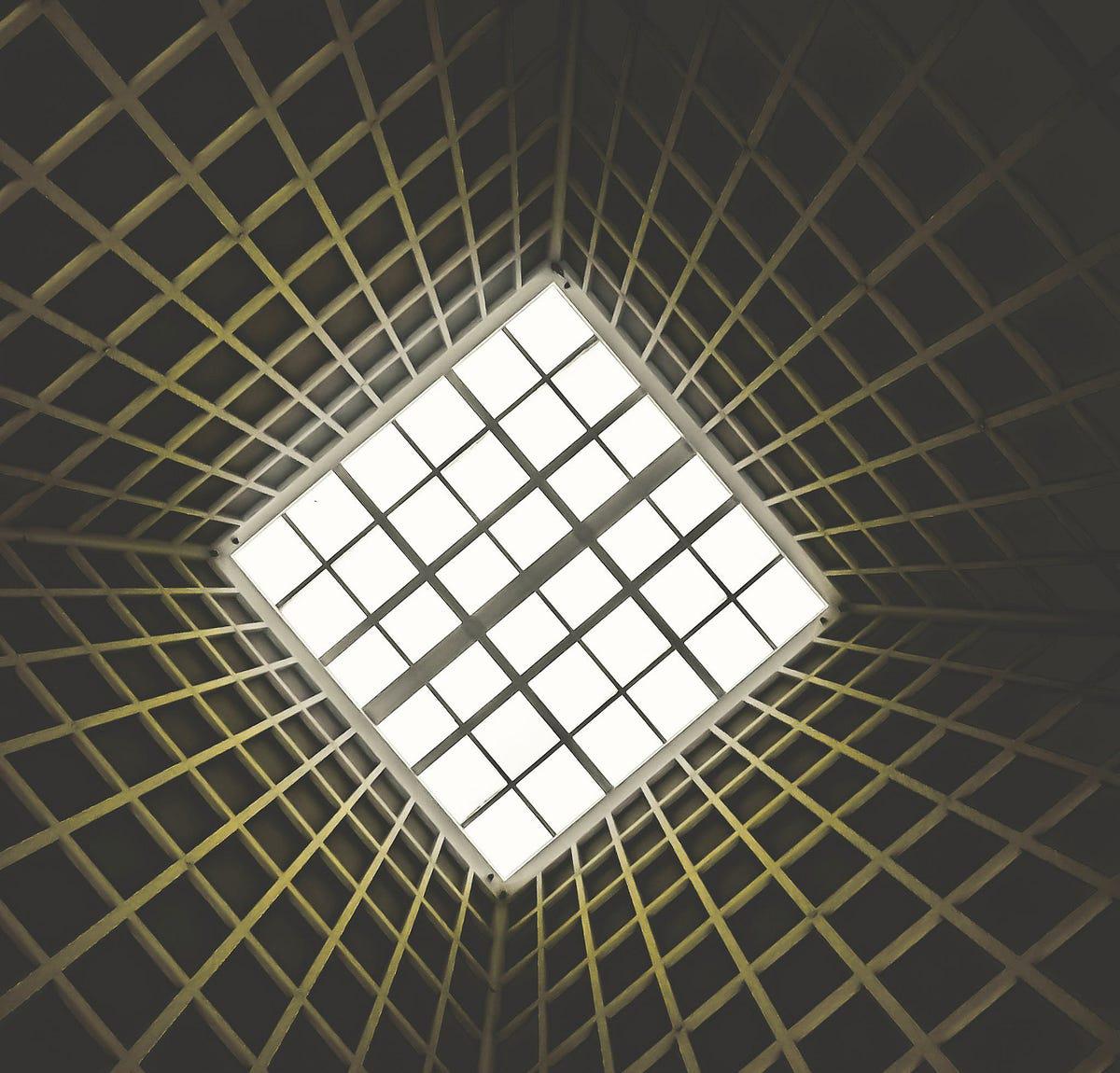Introduction to VGGNet: A Simple Explanation#
VGGNet is a famous deep learning model used in computer vision—essentially, teaching computers to understand images. It was created by researchers at the Visual Geometry Group (VGG) at the University of Oxford. Since its debut in 2014, VGGNet has become one of the key models that helped advance how machines see and recognize objects in photos.
At its core, VGGNet is designed to look at images and decide what is in them. For example, it can tell if a picture contains a dog, a car, or a flower. It does this by using layers of “filters” that scan the image, looking for patterns and details. Imagine it like a series of increasingly detailed magnifying glasses, each adding more understanding.
What makes VGGNet special is its simple and consistent design: it uses many layers, each doing the same basic task, but stacked one after another. This approach turned out to be very effective in helping computers recognize images accurately.
Understanding VGGNet: A More Detailed Look#
VGGNet is a type of convolutional neural network (CNN), which is a special kind of model designed to work with images. The basic building block of VGGNet is called a convolutional layer. This layer applies small filters or “kernels” that slide over the image to detect simple shapes like edges and corners. By stacking many of these convolutional layers, VGGNet gradually captures more complex features, like textures, patterns, and objects.
One standout feature of VGGNet is its use of many small 3x3 filters instead of larger filters. Why is this important? Using small filters repeatedly is more efficient because it reduces the number of parameters (or “weights”) the network has to learn, lowers computational cost, and retains more detail at each step. For instance, applying two 3x3 convolutional layers in a row effectively has the same receptive field as one 5x5 layer but with fewer parameters, making the network deeper and more powerful.
VGGNet also includes pooling layers, which reduce the size of the image representation by summarizing nearby pixels. This helps the network focus on the important features and reduces the computational load. After several convolutional and pooling layers, the network uses fully connected layers at the end to make decisions about what the image contains.
The model comes in different versions, such as VGG16 and VGG19, named after the number of layers they include—16 and 19 layers, respectively. Deeper networks tend to be better at capturing complex features, but they also require more training data and computational resources.
VGGNet showed excellent performance on a famous image classification challenge called ImageNet, where it achieved very high accuracy compared to previous models. Its straightforward design made it popular for many other tasks beyond image classification, such as object detection and feature extraction for other AI models.
Technical Architecture of VGGNet#
VGGNet’s architecture is characterized by its simplicity and uniformity. It consists mainly of repeated blocks of convolutional layers followed by max-pooling layers. The key architectural elements are as follows:
Convolutional Layers: Each convolutional layer uses 3x3 filters with a stride of 1 and padding to maintain the spatial dimensions of the input. These small filters allow the network to learn very fine-grained features while stacking multiple layers to expand the receptive field effectively.
Max-Pooling Layers: After a set of convolutional layers, a max-pooling layer with a 2x2 filter and stride 2 reduces the spatial size of the feature maps by half. This downsampling helps reduce computation and allows the model to focus on more abstract features at deeper layers.
Depth Variants: The two most common versions are VGG16 and VGG19, which consist of 16 and 19 weight layers, respectively. The depth comes largely from repeating convolutional layers before each pooling.
Fully Connected Layers: After the convolutional and pooling layers, VGGNet uses three fully connected (dense) layers. The first two have 4096 neurons each, and the final layer’s size corresponds to the number of classes in the classification task (e.g., 1000 for ImageNet).
Activation Functions: Each convolutional and fully connected layer is followed by a ReLU (Rectified Linear Unit) activation function, which introduces non-linearity and helps the network learn complex mappings.
The architecture follows a simple pattern for the convolutional blocks:
2 or 3 convolutional layers with 3x3 filters
1 max-pooling layer for downsampling
This pattern repeats multiple times, starting with 64 filters in the first block and doubling after each max-pooling, reaching up to 512 filters in the last blocks.
What is Max Pooling?#
Imagine you have a high-resolution photo. You want to describe the scene to someone, but you don’t need to mention every single pixel. You might say, “There’s a big tree on the left, a red car in the center, and mountains in the background.” You’ve just summarized the key features and ignored the tiny, irrelevant details.
2D Max Pooling does exactly this for Convolutional Neural Networks (CNNs). It’s a down-sampling technique that progressively reduces the spatial size (width and height) of the feature maps (the output from convolutional layers), summarizing the most prominent features in a region.
How does Max Pooling Work?#
- Define a Window (Pooling Size): You choose a small window to slide over the input feature map. Common sizes are 2x2 or 3x3.
- Define a Stride: The stride is how many pixels the window moves each time. A stride of 2 is most common with a 2x2 pool, meaning the windows do not overlap.
- Slide the Window: Move this window across the input feature map from top-left to bottom-right, one stride at a time.
- Take the Maximum Value: For each position of the window, look at all the values within that window and take the maximum value.
- Form the Output: This maximum value becomes a single pixel in the new, smaller output feature map.
Why This Architecture Works#
Using multiple small filters instead of a few large filters offers several advantages:
Fewer parameters: Each small filter has fewer weights, which reduces the overall parameters and makes training easier.
More non-linearities: Stacking multiple convolutions means more ReLU activations, helping the network learn more complex features.
Deeper network: The deeper structure allows hierarchical feature learning—from edges and textures at shallow layers to complex object parts at deeper layers.
Training and Impact#
When trained on ImageNet—a massive dataset of over a million labeled images—VGGNet set new standards for image classification accuracy. Its design principles influenced many later CNNs, emphasizing depth and small convolutional kernels as effective strategies.
Despite its success, VGGNet is computationally heavy and large in size, which led to the development of more efficient architectures later on. Still, its straightforward and powerful structure makes it a popular choice for feature extraction and transfer learning in many computer vision applications.
Influence, Variations, and Applications of VGGNet#
VGGNet has had a lasting impact on the field of deep learning and computer vision. Its clear architecture and excellent performance inspired the design of many subsequent convolutional neural networks.
Influence on Architecture Design#
VGGNet demonstrated the power of increasing network depth using simple blocks of small convolutional filters. This insight influenced later models such as ResNet, which also built deeper networks but introduced shortcuts to address issues like vanishing gradients. The idea of stacking many layers uniformly remains core to CNN design today, thanks in large part to VGGNet’s success.
Variations and Improvements#
While VGG16 and VGG19 are the most well-known versions, researchers have experimented with modifications such as reducing fully connected layers to lower model size or replacing them with global average pooling. Some variations also involve tweaking the number of filters per layer or adjusting the network depth.
However, a common limitation of VGGNet is its computational expense:
The model has around 138 million parameters, making it large and resource-intensive.
It requires significant memory and processing power for both training and inference compared to more recent architectures like MobileNet or EfficientNet, which are optimized for efficiency.
Practical Applications#
Despite its size, VGGNet remains popular in practical applications because of its simplicity and effectiveness:
Feature Extraction: VGGNet’s convolutional layers learn rich representations of images, which can be reused for other computer vision tasks through transfer learning.
Object Detection and Segmentation: VGG features serve as a backbone in many object detection models (e.g., Faster R-CNN) and segmentation networks.
Art and Style Transfer: Thanks to VGGNet’s ability to capture different levels of image features, it is widely used in neural style transfer applications to blend content and style from different images.
Medical Imaging and Research: VGGNet models are adapted for medical image analysis because of their strong feature learning abilities.
My VGGNet Implementation on Tiny ImageNet#
Inspired by the classic VGGNet architecture introduced by Simonyan and Zisserman, I implemented a variant of VGG-16 tailored to the Tiny ImageNet dataset. Tiny ImageNet consists of 100,000 training images across 200 classes, each resized to 64x64 pixels, making it an ideal benchmark for testing scaled-down deep CNN models.
Key aspects of my implementation include:
Adapting the original VGG-16 convolutional and pooling layers to accommodate the smaller input size, reducing the spatial resolution to approximately 2x2 before the fully connected layers.
Applying a comprehensive data augmentation pipeline including random cropping, horizontal flipping, rotation, color jitter, and random erasing to improve model generalization.
Using SGD optimizer with momentum and weight decay for regularization.
Incorporating a StepLR learning rate scheduler which decreases the learning rate by a factor of 0.1 every 30 epochs to facilitate better convergence.
Training the model for 100 epochs on a CUDA-enabled GPU, yielding competitive accuracy improvements on both training and validation sets.
This practical implementation underlines VGGNet’s enduring relevance and flexibility, showcasing how classic architectures can be effectively adapted and optimized for modern datasets and computational environments.
For those interested, the full implementation script is available here (link to your repo or code). Feedback and collaboration are most welcome.
Pre-review of results I got from this implementation:
Train samples: 100000, Val samples: 10000
Epoch [1/100] Train Loss: 5.2934 Train Acc: 0.0048 Val Loss: 5.2586 Val Acc: 0.0104 LR: 0.010000
Epoch [2/100] Train Loss: 5.2109 Train Acc: 0.0101 Val Loss: 5.1226 Val Acc: 0.0162 LR: 0.010000
Epoch [3/100] Train Loss: 5.0634 Train Acc: 0.0173 Val Loss: 4.8939 Val Acc: 0.0265 LR: 0.010000
Epoch [4/100] Train Loss: 4.8784 Train Acc: 0.0283 Val Loss: 4.7311 Val Acc: 0.0364 LR: 0.010000
Epoch [5/100] Train Loss: 4.7018 Train Acc: 0.0399 Val Loss: 4.4710 Val Acc: 0.0594 LR: 0.010000
Epoch [6/100] Train Loss: 4.4915 Train Acc: 0.0587 Val Loss: 4.2834 Val Acc: 0.0777 LR: 0.010000
Epoch [7/100] Train Loss: 4.3165 Train Acc: 0.0771 Val Loss: 4.1641 Val Acc: 0.0952 LR: 0.010000
Epoch [8/100] Train Loss: 4.1603 Train Acc: 0.0964 Val Loss: 3.9137 Val Acc: 0.1284 LR: 0.010000
Epoch [9/100] Train Loss: 4.0123 Train Acc: 0.1156 Val Loss: 3.7721 Val Acc: 0.1504 LR: 0.010000
Epoch [10/100] Train Loss: 3.8869 Train Acc: 0.1361 Val Loss: 3.6560 Val Acc: 0.1726 LR: 0.010000


